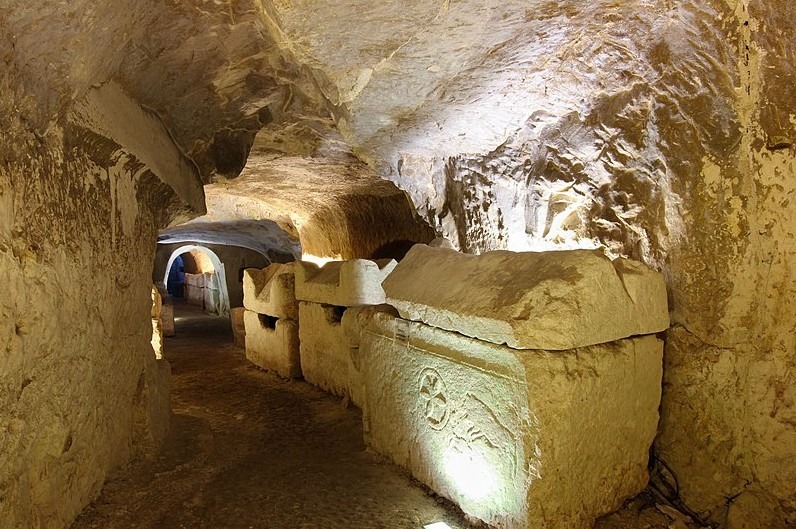An Introduction to Beit Shearim
Located on the edge of the lower Galilee and 20 kilometers east of Haifa, Beit Shearim was the seat of the Sanhedrin and the home of many renowned rabbinic sages in the late 2nd century C.E.
This Roman-era Jewish village thrived from the 1st century C.E. until its demise in the early 20th century. However, its foundations go back further. It was originally established between the 9th century B.C. and the 3rd century B.C. during the Persian and Hellenistic eras.
Beit Shearim was the site of the best-known Jewish burial ground or necropolis at the time when Jews could no longer bury their families and relatives on the Mount of Olives in Jerusalem. In 8th century C.E., Beit Shearim was the seat of Sanhedrin, the name for the Jewish high court and supreme council.
At the beginning of the third century Rabbi Yehuda ha-Nasi (Judah the Prince) moved the Sanhedrin to nearby Tzippori. He was the first person to declare himself as “nasi,” which he added permanently to his name. When he died in 217 C.E., he himself was interred at the necropolis in Beit Shearim.
Speculations suggest that Beit Shearim was destroyed by the Romans during the Gallus Revolt of 351 C.E., during the time when several towns and villages in Judea and Galilee were razed by terrible flames. Since then, Beit Shearim has not regained its former glory and only the ruins speak of its distant past.
As an antiquities site, Bet Shearim NP‘s outstanding feature is its extensive underground burial chambers or catacombs, which contain many large stone sarcophagi. These catacombs, together with the variety of languages appearing on the sarcophagi, reflect the special status Beit Shearim achieved in the 3rd and 4th centuries as burial site for Jews from Israel and the Diaspora.
A variety of decorations appear on the walls of the catacombs and on some of the sarcophagi. These decorations include Jewish motifs, such as a seven-branched menorah (candelabrum), shofar (a musical horn made of a ram’s horn) etrog (a citron used for certain rituals, particularly the week-long Sukkot) and lulav (closed frond of a date palm tree, usually used together with etrog during Sukkot), as well as examples of figurative art, which were foreign to Jewish culture.
Near the park’s entrance is a statue of Alexander Zeid, a legendary Jewish watchman, who defended Zionist pioneering settlements in the adjacent Jezreel Valley in the 1920s and 1930s.
On the hill that overlooks the park lie the ruins of an ancient synagogue, alongside the ruins of an ancient church as well as a Muslim tomb.
Visiting Beit Shearim
Beit Shearim National Park lies off of Route 722, approximately 800 meters south of the Shomrim Junction. Follow the brown and white signs to the park entrance (admission charged), where you can pick up a brochure about the site. There are toilets and a kiosk next to the parking area. The catacombs are a three-minute walk from the parking area.
